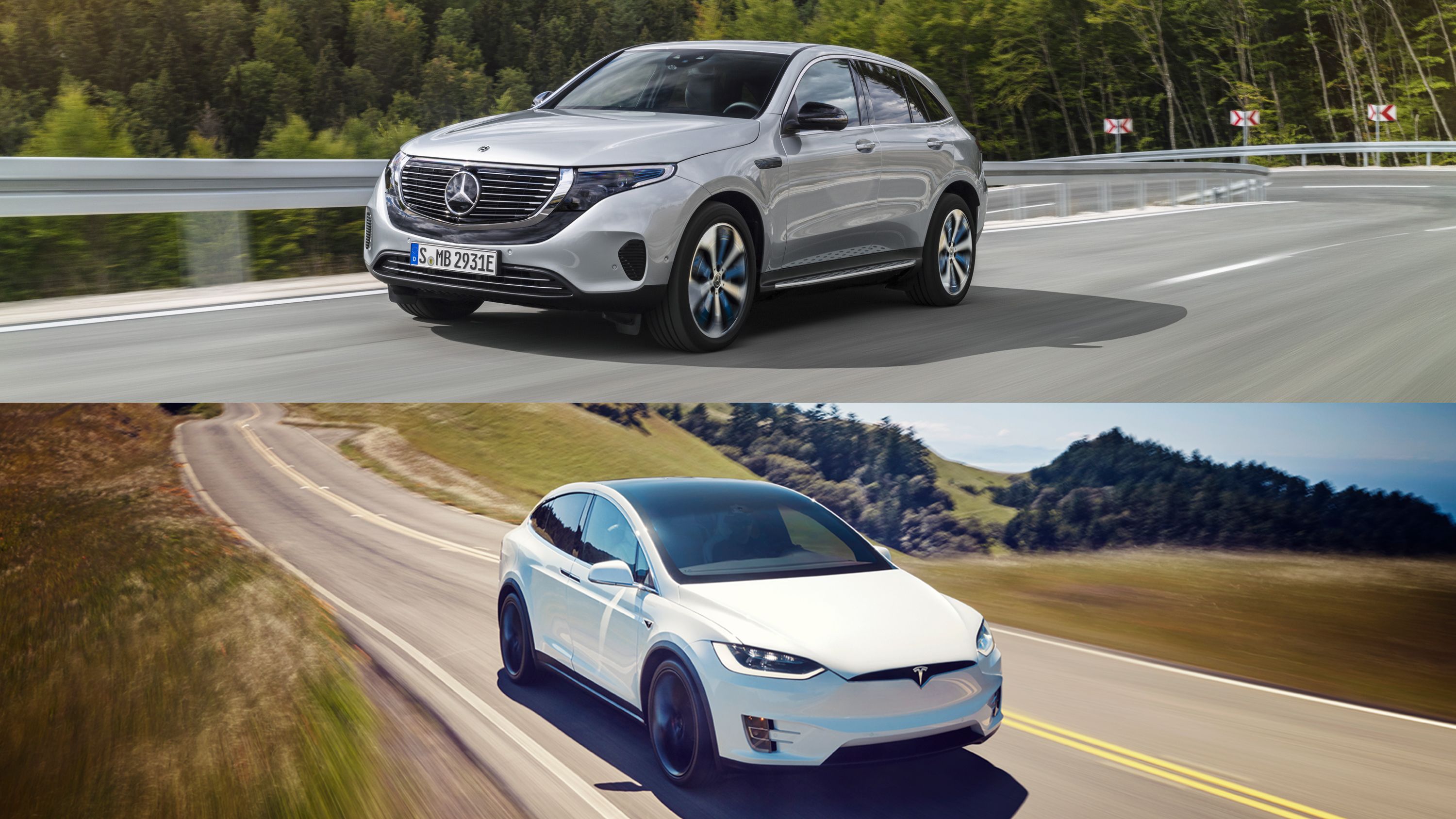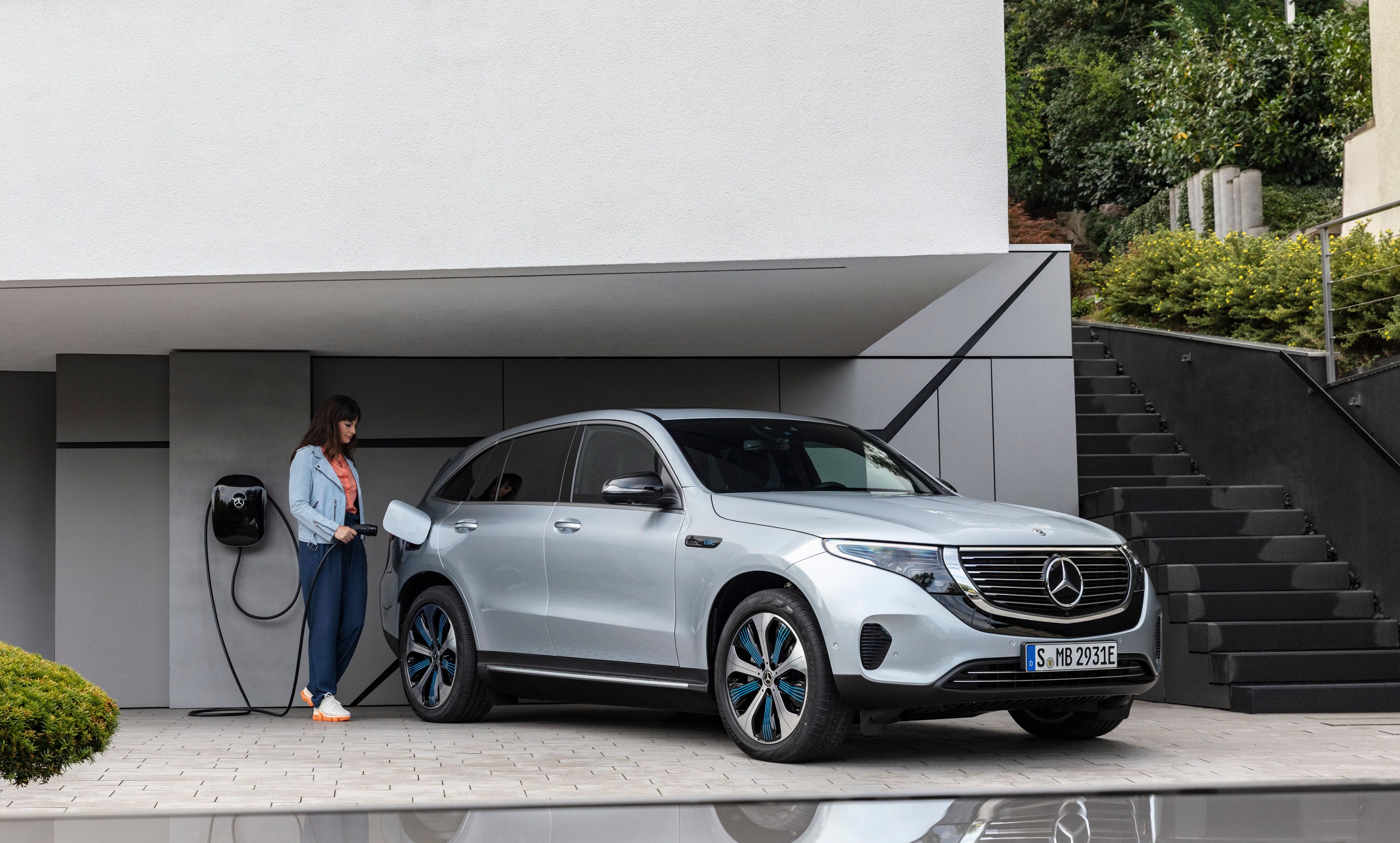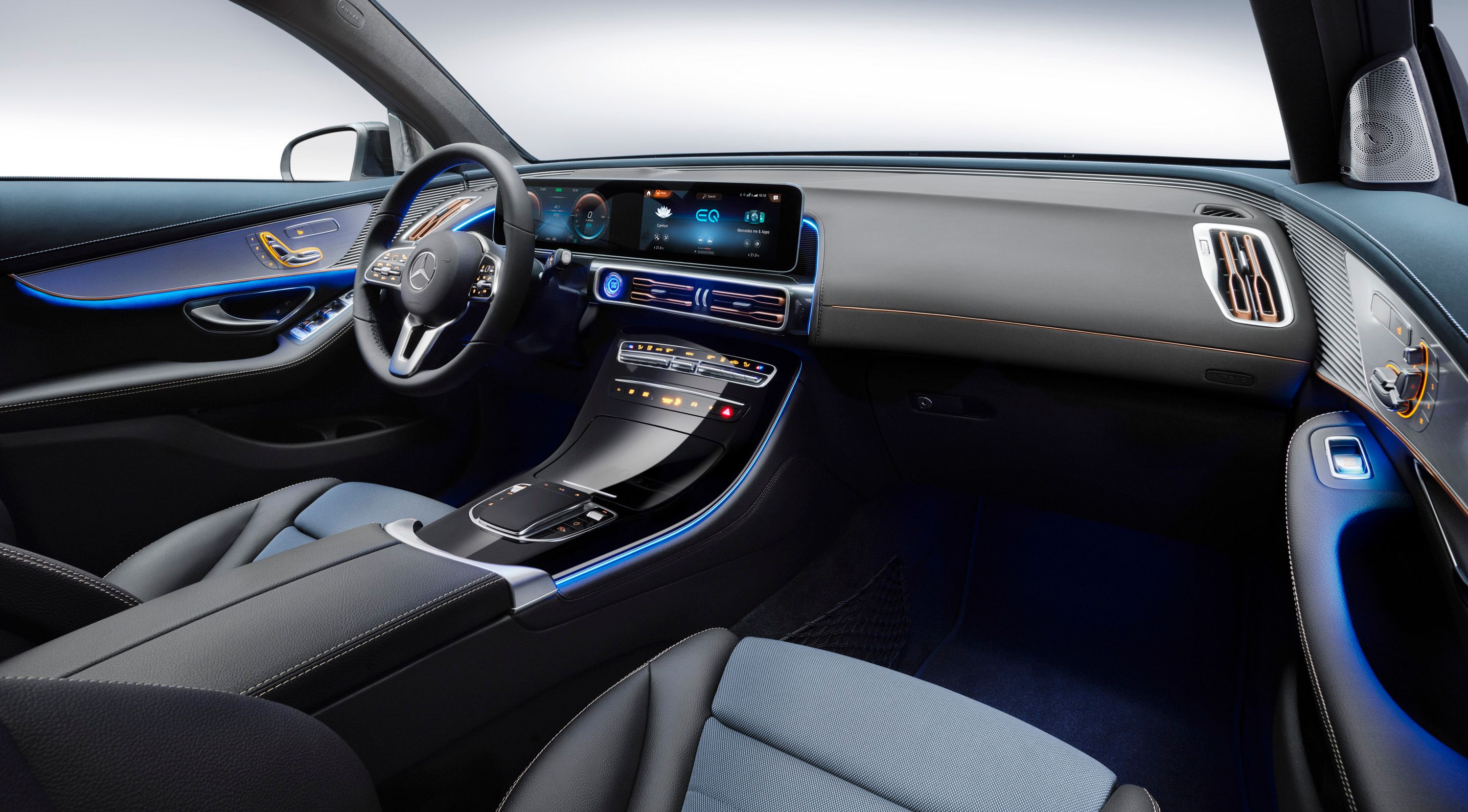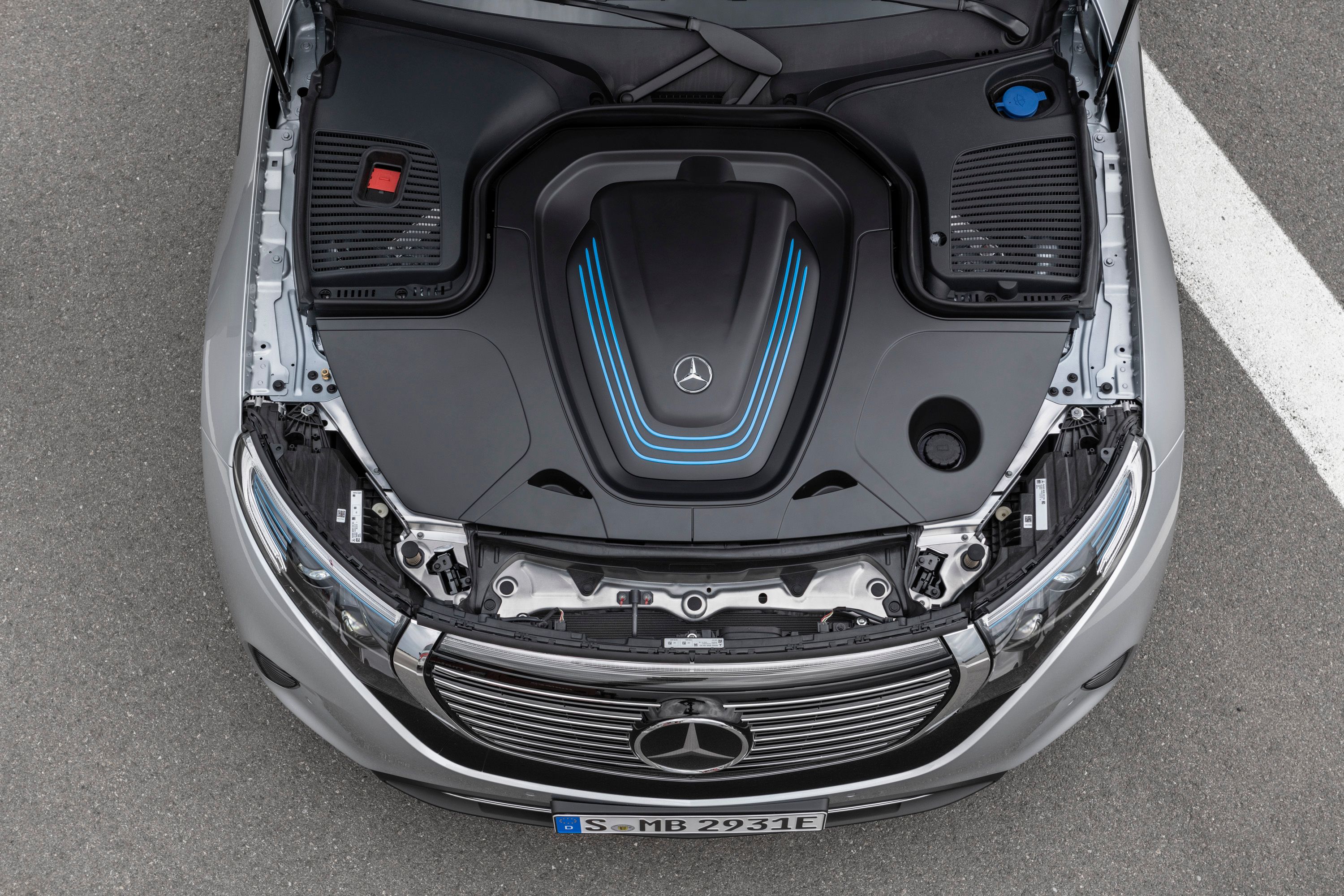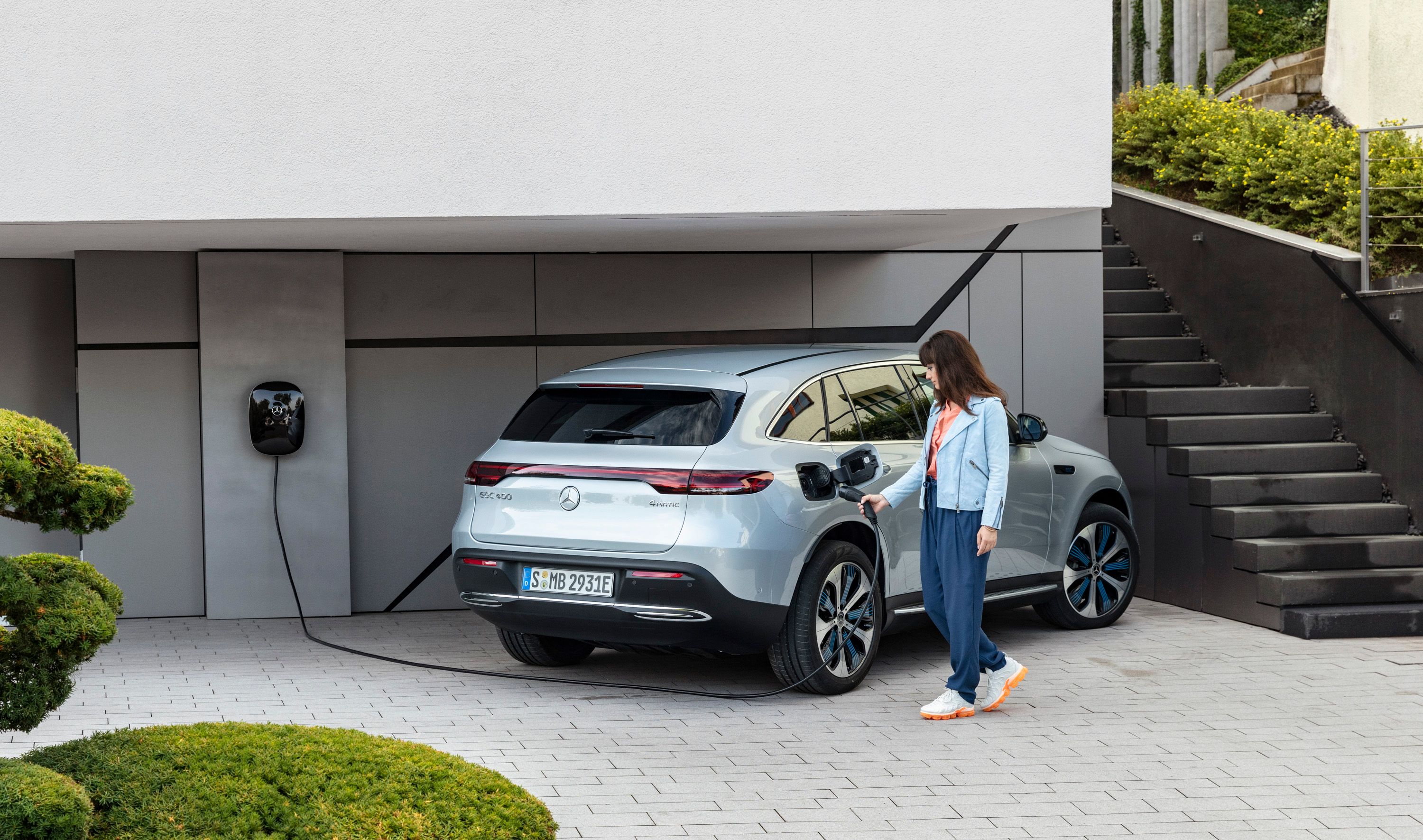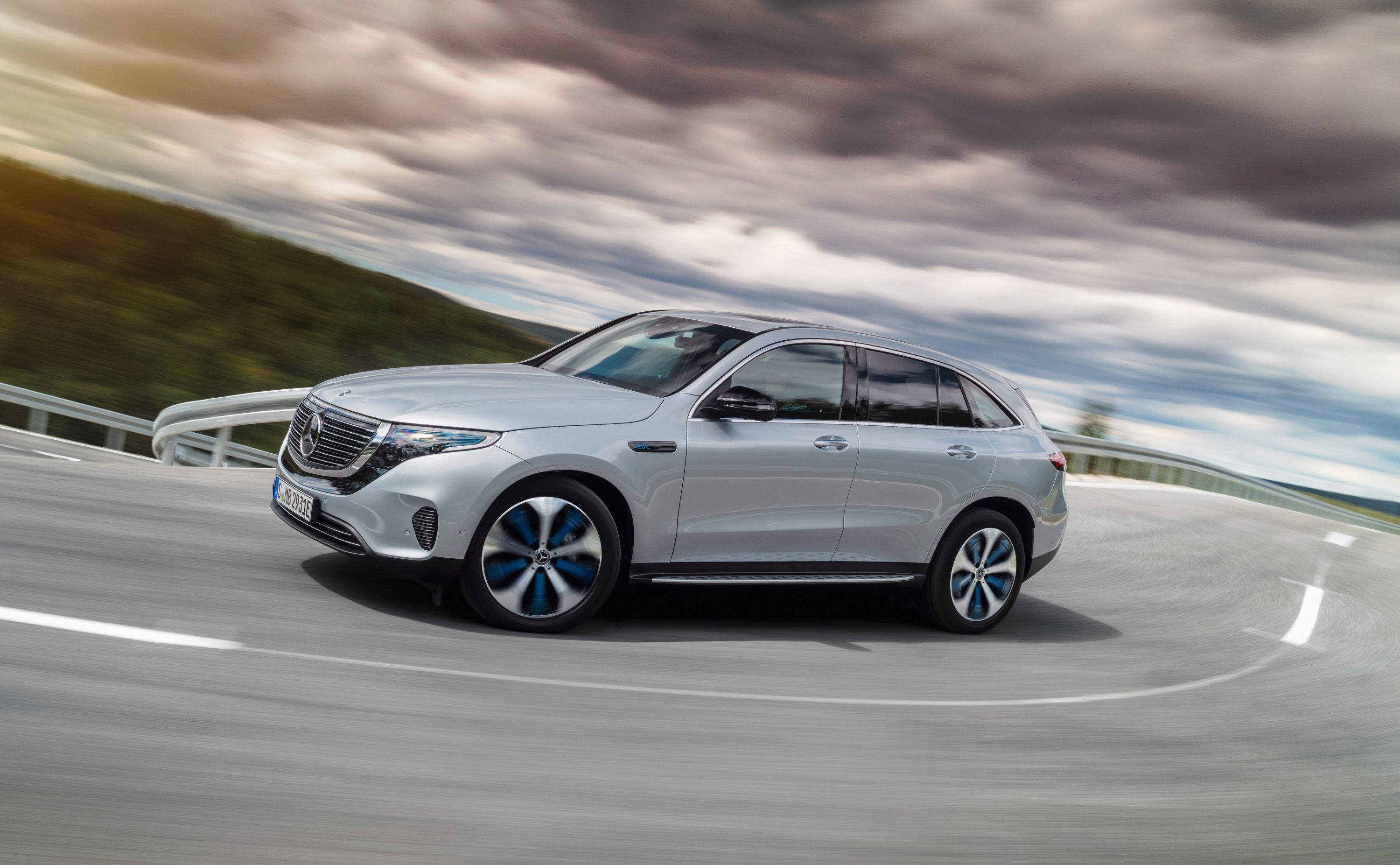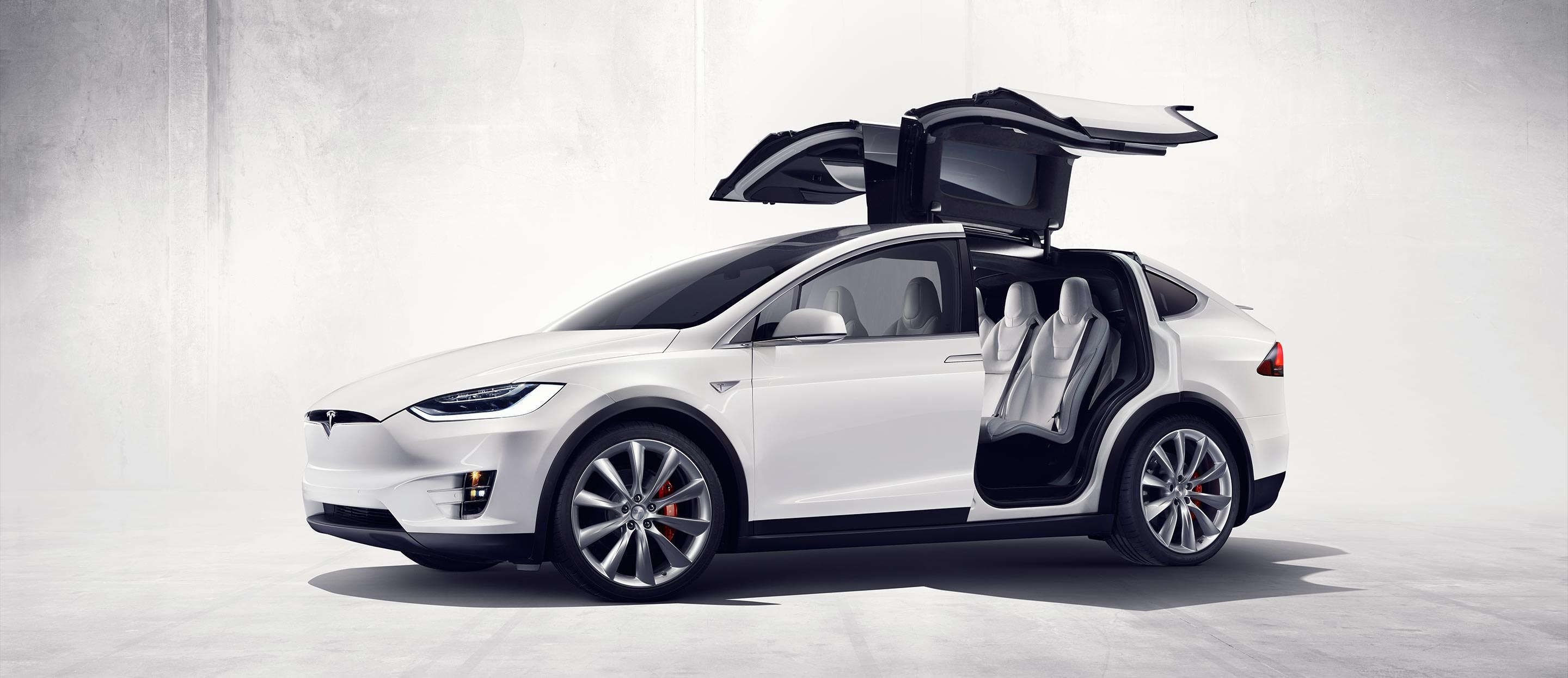Mercedes is finally here with its trump card in the electric crossover segment – the Mercedes-Benz EQC. On 4 September, when the whole world was excited to witness the launch of this beast, there was one particular nervous face as well - the face that has been dominating the e-crossover market for quite some time now – The Tesla Model X. It was natural for the Model X to be threatened by a car which has a name that stands for ‘Electric Intelligence’. The king of the jungle finally has stiff competition (no offense, Jaguar lovers! the I-Pace is good too) in terms of looks, practicality, and performance. How can we not compare the two? Tesla’s days of bullying the kids in this segment seem to be nearing its end.
Exterior
The Tesla Model X looks futuristic and simple at the same time. Even though the car has a pretty basic body structure that will please all and offend none, it is not something that would make you smile five years down the line every time you see it.
Front
|
|
ids=795245,559187 |
no_overlay=true> |
Head-on, the two behemoths have contrasting designs. The Model X looks like a grown-up mouse on wheels, with small headlights and a single slat grille that looks very contemporary. Other than that, you can find the Tesla logo and air dams on either side of the bumper. The EQC, on the other hand, can barely pass by without getting noticed, thanks to the huge grille with the Mercedes-Benz logo slapped right in the middle. Then there are funky blue-LED headlights that are connected by a slat that runs all the way from one headlight to the other. Fog lamps are found on the corners of the bumper.
Rear
|
|
ids=795246,559183 |
no_overlay=true> |
Just like the front, even the rear of both the cars are significantly different. While Tesla gets a no non-sense taillight set, it is rather boring; function-over-form at its best. In fact, when looking at it dead-straight, the Model X actually looks like a sedan. The EQC follows the ‘connected lights’ pattern at the back as well. The steeply raked windshield makes the SUV look stouter than it actually is, much like the Range Rover Evoque. Grumpy for what, EQC? Even Mufflers would’ve added character to the rear; fake ones, obviously.
Side
|
|
ids=795247,559181 |
no_overlay=true> |
The EQC looks like a conventional SUV when looked from the sides. The bonnet overhang and the long wheelbase catch your attention immediately, and it looks butch. Did we say the EQC has a long wheelbase? Well, the Model X has even longer one; longer by 91 mm! The Tesla product has a comparatively smaller bonnet. But it’s the side that is the Model X’s strongest-selling point – the falcon wing doors. While they have always had polarizing opinions, there’s no denying that this could be the deciding factor for people who are suckers for wing doors.
Interior
The Tesla Model X is quite spacious; both in terms of seating and storage. All three rows are practical to use, unlike the namesake last row seats in most SUVs. Everything sits nicely in the hands and the car is ergonomically-sound. However, it’s the technology that’s the most impressive aspect of the cabin. The center console is dominated by a huge 17-inch, vertically mounted touchscreen that controls basically everything in the car; right from the vehicle status, to settings, to air-control, to entertainment, to navigation, etc. Tesla's Autopilot is the icing on the tech-rich cake.
Step inside the EQC’s cabin and you’ll feel as though you’ve jumped into the future.
Performance
The Mercedes EQC comes equipped with a dual motor setup that churns out 402 horses and 564 pound-feet of torque. Power is sent to all the wheels.
The Tesla Model X 75D is the closest competitor to the EQC in terms of battery pack capacity. With a 75 kWh pack, it is able to deliver 247 miles of range. It races from 0-60 mph in 4.9 seconds as well, but has a higher top speed of 130 mph. Power is sent to all the wheels, but power output is much lower than the EQC at 328 horses and 387 pound-feet of torque.
The 75D doesn’t seem that competent, right? Well, the 90D delivers 503 horses and 487 pound-feet of torque. It has a 90-kWh battery pack and delivers 255 miles when fully charged.
Our Take
Mercedes has taken on the Tesla Model X quite strategically. The German automaker has targeted the Model X in a way that you just cannot fairly compare the two. For instance, the Model X comes with simple, contemporary, and minimalist looks, while the EQC has got the pizzazz. The Model X has a huge touchscreen for most of its work, while the EQC still retains its buttons, and so on.
Further reading
Read our full review on the 2020 Mercedes-Benz EQC.
Read our full review on the 2017 Tesla Model X.

